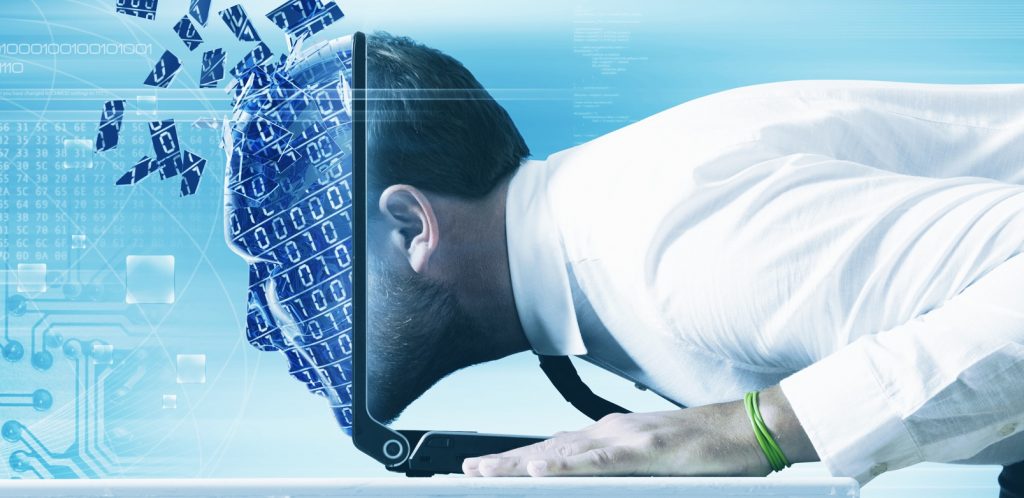One of the most rapidly-growing fields is one related to information technology. On the off chance that you have any enthusiasm for the Information Technology field, you ought to note that there are a plenty of profession choices accessible to you. Moreover, the field is continually experiencing development and change in light of innovative headways, implying that it can be an extremely energizing and mentally fortifying segment to work inside. You can decide if seeking after this field professionally would be perfect for you. In case you choose to take part in this field, you would be changing the way people communicate with each other.
Understanding Information Technology and Human Communication
All through history, improvements in technology and correspondences have gone as an inseparable unit, and the most recent mechanical improvements, for example, the Internet and mobile gadgets have brought about the progression of the study of correspondence to another level. In this day and age, it’s normal to see tablets and cell phones wherever you go. The procedure of human correspondence has developed throughout the years, with numerous way breaking creations and revelations proclaiming upheavals or a lift starting with one level then onto the next. The development of pictographs or the primarily composed correspondence in the old world gave us composed correspondence. These works were on stone and stayed immobile.
The innovation of paper, papyrus, and wax coming full circle in the development of the printing press in the fifteenth century made the conceivable exchange of reports starting with one place then onto the next, taking into account consistency of dialects over long separations. The most recent unrest is the far-reaching utilization of electronic technology, for example, electronic waves and flags to correspondence, showing the electronic creation and exchange of reports over the World Wide Web. The biggest effect of technology on correspondence is the spread of the Internet and the likelihood of sending messages and visiting. In the pre-information technology days, an archive frequently required re-writing on the last form. Sending the letter over a distance to another person required a visit to the mail station and a postage stamp. Speedier strategies, for example, messages had serious impediments in content and were very exorbitant. Computers and the Internet have made the way toward making and altering reports and applying elements, for example, spell check and linguistic use check consequently simple and characteristic.
Email let us send reports to any piece of the globe inside seconds, making wires and even conventional letters for the most part out of date. The Internet has in this manner expanded the speed of interchanges complex and diminished the expenses definitely. The enormous measure of learning available by a tick of the mouse has enhanced the nature of the correspondence. Interpreting a content from a new dialect to a recognizable dialect, searching out the importance of an obscure word, and getting follow-up information on a new idea are all conceivable on account of the web. Technology permits simple stockpiling and recovery of correspondence when required, particularly verbal correspondence, the capacity of which was exceptionally troublesome sometime recently.

